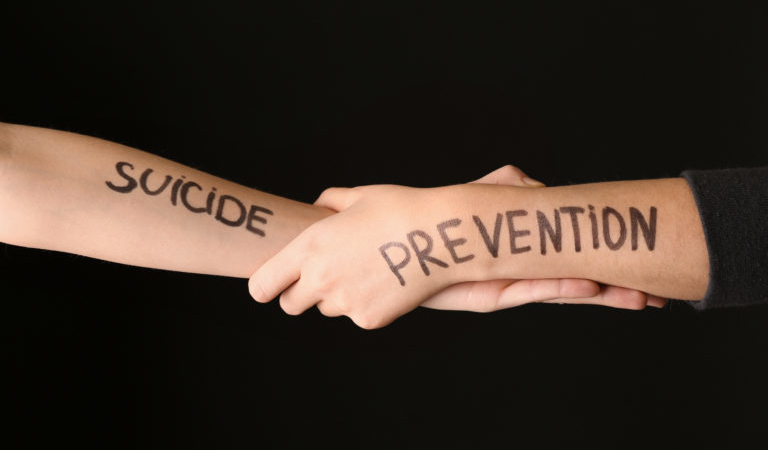Events, Access Health Louisiana Primary Care at Pythian, Belle Chasse Community Health Center, Kenner Community Health Center, South Broad Community Health Center, St. Bernard Community Health Center, St. Charles Community Health Center – Norco, St. Charles Community Health Center – Luling, St. Tammany – Slidell Community Health Center, Tangipahoa Community Health Center, Washington Community Health Center, Woodworth Community Health Center
Suicide Prevention Week: Statistics and Risk Factors
If you or someone you know is thinking about or planning for suicide, call or text 988.
September 4th– September 10th is Suicide Prevention Week. Suicide is one of the leading causes of death across all age groups, and in 2020, the CDC reported that 1.2 million people in the United States attempted suicide, and 12.2 million people seriously thought about suicide. Data from the Centers for Disease Control (CDC) and the National Institute of Mental Health (NIMH) highlight that 46% of people who die by suicide had a diagnosed mental health condition. And, though half of the individuals who die by suicide have mental health conditions, additional research shows that 90% of these individuals may have experiences symptoms of a mental health condition. Suicide rates are continuously rising, with the CDC suggesting that rates of suicide have increased 30% since the year 2000. Since there is no one cause of suicide, it is important to understand the multifaceted nature of this issue, and the various risks and warning signs for suicidality.  Vanice Zenon, a Licensed Clinical Social Worker and Vice President of Behavioral Health with Access Health Louisiana, states that “talking about [suicide] helps spread awareness in individuals and their families — including warning signs of suicide and appropriate interventions. Talking about suicide shows loved ones that you are concerned and want to help. It is important to have direct conversations about mental health and how people may be dealing with these issues.”
Vanice Zenon, a Licensed Clinical Social Worker and Vice President of Behavioral Health with Access Health Louisiana, states that “talking about [suicide] helps spread awareness in individuals and their families — including warning signs of suicide and appropriate interventions. Talking about suicide shows loved ones that you are concerned and want to help. It is important to have direct conversations about mental health and how people may be dealing with these issues.”
Suicide has a wide-reaching effect. Suicide attempts and suicide effect the health of not only the person attempting, but the well-being of their friends, loved ones, coworkers, peers, and their community. 4.9% of adults experience serious thoughts of suicide every year. This number more than doubles to 11.3% of people annually when looking at young adults aged 18-25. For the first day of Suicide Prevention Week, we aim to highlight the different risk factors for suicide.
Zenon explains that some examples of risk factors for suicide include “previous suicide attempt, History of depression and other mental illnesses, Serious illness such as chronic pain, Criminal/legal problems, Job/financial problems or loss, Impulsive or aggressive tendencies, Substance misuse, Current or prior history of adverse childhood experiences.” Additionally, the CDC highlights risk factors for suicide across four levels: individual, relationship, community, and societal factors.
Individual Risk Factors
- Previous suicide attempt
- History of depression and other mental illnesses
- Serious illness such as chronic pain
- Criminal/legal problems
- Job/financial problems or loss
- Impulsive or aggressive tendencies
- Substance misuse
- Current or prior history of adverse childhood experiences
- Sense of hopelessness
- Violence victimization and/or perpetration
Relationship Risk Factors
- Bullying
- Family/loved one’s history of suicide
- Loss of relationships
- High conflict or violent relationships
- Social isolation
Community Risk Factors
- Bullying
- Family/loved one’s history of suicide
- Loss of relationships
- High conflict or violent relationships
- Social isolation
Societal Risk Factors
- Bullying
- Family/loved one’s history of suicide
- Loss of relationships
- High conflict or violent relationships
- Social isolation
For an exhaustive list of risk and protective signs visit the CDC’s page found here. Additionally, you can visit the NAMI page on suicide risk found a this link.

